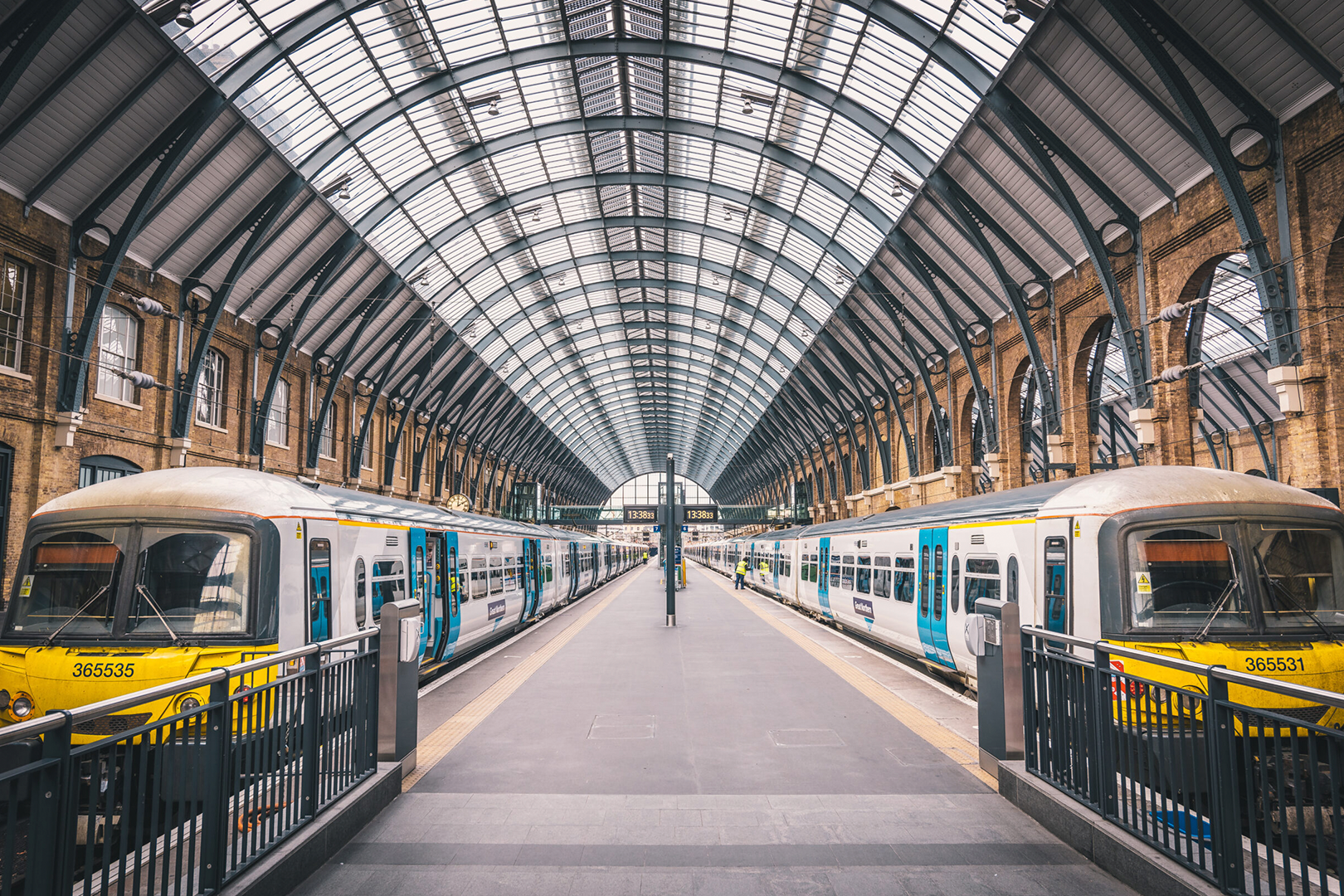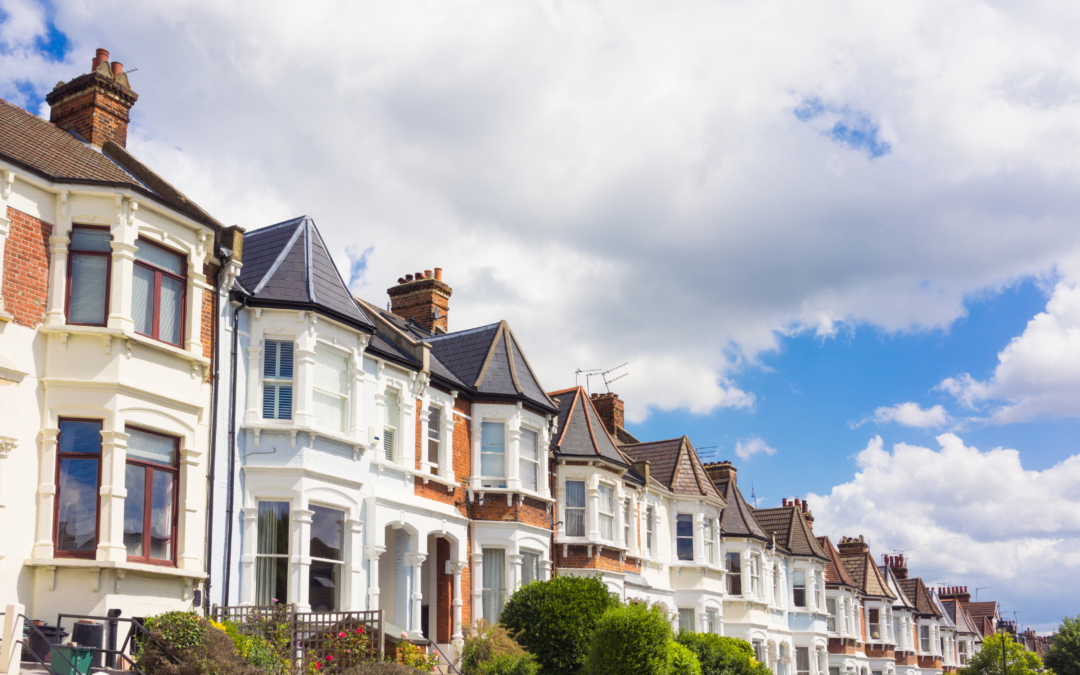The strong price growth of London homes in close proximity to train stations is well established, but has the prevalence of working from home impacted the behaviour of property seekers?
The convenience of quick and easy access to public transportation has been a priority for many buyers, especially those commuting to work five days a week. But the increasing popularity of remote working, brought on by COVID-19 lockdowns, seems to have significantly affected behaviour.
Crossrail is a great example of how proximity to a station has a positive effect on property values, with a report from JLL in 2022 revealing significant house price outperformance in areas served by Elizabeth line stations. Between 2012 and 2021, average property values rose 73% in the areas surrounding Crossrail stations; 19 percentage points higher than the growth seen across London over the same period. Over that time, 84% of stations recorded higher house price growth than the regional average.
Historically, homeowners in the capital have paid a premium to be within easy reach of a station. However, with many now working from home for a portion of the working week, it’s become less of a necessity to be near a train or tube station. People are now placing more importance on conveniences such as access to outdoor space, larger gardens and properties that allow for a home office. So, for those with a budget in mind, the need for good transport links right on their doorstep has fallen further down on the wish list.
Post-pandemic trends suggest that house prices have increased more sharply for properties that are further away from London train stations, reversing the age-old trend. OnTheMarket research shows that in 2019 the average buyer paid about £852,084 for a home within 400m of a London train station, rising to £920,211, which represents an increase of 8%. During that period, average prices for properties further away from a station increased more significantly. For example, average prices for properties found 800m from a station increased by 9.7%, whilst homes 1,000m away saw their average value rise by 15.9%.
It’s worth noting that while average price growth in homes further away from train stations has increased in recent years, the opening of new train stations, such as the Elizabeth Line, has led to local outperformance for nearby homes. This is due to the regeneration effect that new station development brings to an area over areas with pre-existing stations.
The reversal of the station effect has not impacted key commuter locations outside of London, however. House prices for a property within easy reach of a train station in the Home Counties increased much faster on average than for homes further away. In Surry, Berkshire and Kent, the average value of properties within 200m of a station rose in value more quickly than for homes in any other distance bracket.
Whilst property seekers are looking for extra space in London, many are choosing to take it one step further and take the leap and move out of the capital in search of a bigger home with more outdoor space. When moving out of the capital, access to easy transport routes back into London has become even more of a draw than it was previously.
As these trends continue to evolve whilst everyone settles into the ‘new normal’, the property market is constantly adapting to the changing environment and evolving demands of property seekers.







